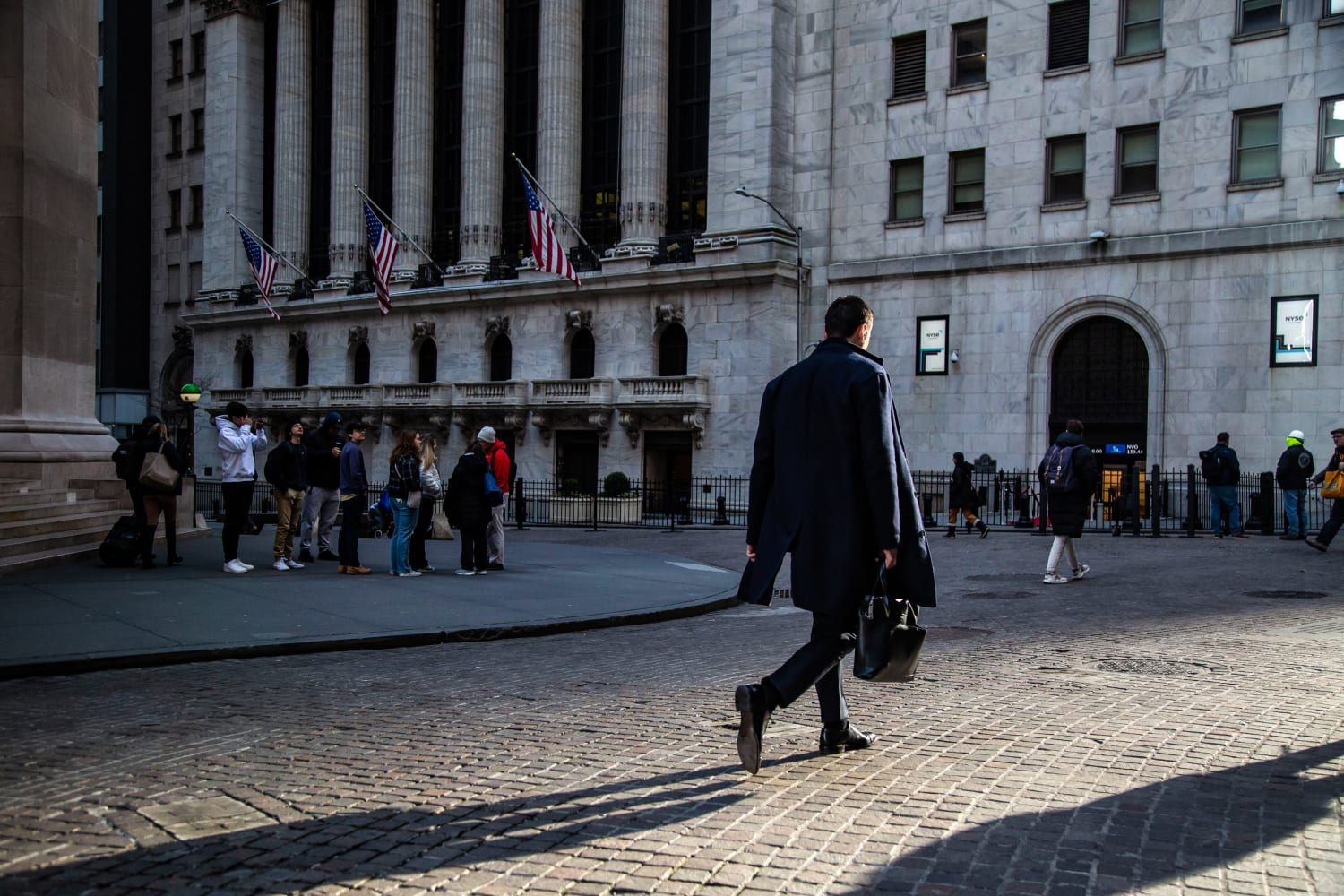Rudy Tomarchio has been looking for a job for three months — and says time is running out before he’ll deplete his savings.
The 37-year-old Miami resident is looking for a management-level role, and recognizes that it is likely limiting his results.
While Tomarchio is optimistic that his search is nearing an end as he enters the final stages of multiple interviews, he said he has been surprised at how many other workers are applying for the same jobs as him — and how stingy employers seem to have been when it comes to hiring.
“What’s making the job market so difficult for people including myself is, there’s a weird level of hyperspecialization that a lot of positions are now listing and looking for,” he said.
Even as the U.S. unemployment rate sits at historic lows, the job cuts of the past year, especially among firms that had taken to frenzied hiring as the pandemic began to lift, continue to reverberate.
An unwanted reversal
Case in point, there are now two job applicants for every role on average being advertised, according to data from LinkedIn. That’s a reversal from the post-pandemic peak seen at the end of 2022, when the ratio was about one applicant per role, according to Kory Kantenga, a senior economist at LinkedIn.
At several points last year, there were twice as many job openings per applicant, meaning at least two employment opportunities were available for each unemployed person looking for a job, the U.S. Labor Department said.
Of course, some roles advertised on LinkedIn are seeing many more applicants than what the current 2:1 ratio suggests.
“It’s starting to look more like 2019 and less like 2022,” Kantenga said.
Other LinkedIn findings
- Higher intensity: In June, job search intensity was up 35% year on year, meaning job applicants are applying for more jobs, thus creating more competition for a given role.
- Workers are staying in their roles longer: LinkedIn’s short tenure rate, which measures the number of positions that end after being held for less than a year, has declined 5.5% compared to June of last year.
- Lower confidence: There has been an overall decrease in confidence American workers have in getting and keeping a job.
“A lot of air has been let out of the job market,” Kantenga said, suggesting workers are taking a more protective stance when it comes to their employment.
That may be motivated, at least in part, by recent rounds of layoffs that seemed to have happened in lockstep among many employers in an almost “herdlike” mentality, said Julia Sterner-Holden, a recruitment executive who works across a range of industries.
While there have been sporadic signs of a pickup in hiring recently, the year started off with a virtual hiring freeze that has largely continued, she said.
“Everyone was looking to see what everyone else was doing,” Sterner-Holde said. “It goes in waves. When someone starts hiring, everyone else will.”
The employment landscape is changing
Labor Department data released this week shows the number of job openings in the economy, at 9.6 million, remains at historic highs. But a larger share of those openings are now composed of roles in education and health services, compared with a year ago when business and professional services jobs dominated the number of openings.
Yet, even if they have available jobs, companies are now moving far slower to fill them than they did a year ago, said Michael Steinitz, senior executive director at Robert Half, a human resources consulting firm.
“The thought process is, ‘Are we in a recession?’ So companies are being far more cautious,” he said. “So they may not be moving forward with certain projects, or putting them to the side, and instead maxing out production from their current staff.”
For many economists, the weakening job market comes as welcome news. Over the past year, Federal Reserve officials have blamed a too-strong labor market as a key driver of inflation rates not seen in four decades.
“What we see is a labor market with a very strong demand for labor, which is really the engine of the economy, people are getting hired, many people going back to work, getting wages, spending money, and that’s really what’s driving the economy,” Fed Chair Jerome Powell said at his most recent press conference.
“But that is gradually slowing, it’s gradually cooling. That’s a good prescription for getting where we want to get,” he added, referring to the central bank’s effort to get the inflation rate back down to 2%.
But in the job market trenches, the slowdown has workers like Tomarchio on the verge of substantial lifestyle changes. He has already moved out of Miami’s tony Brickell neighborhood to a more reasonably priced rental apartment in nearby Wynwood, which has recently seen a glut of new apartment construction.
“I’m very urgently looking for a job, because I only have so many months of savings left before I cannot afford my rent or use my car,” he said.
Source: | This article originally belongs to Nbcnews.com










